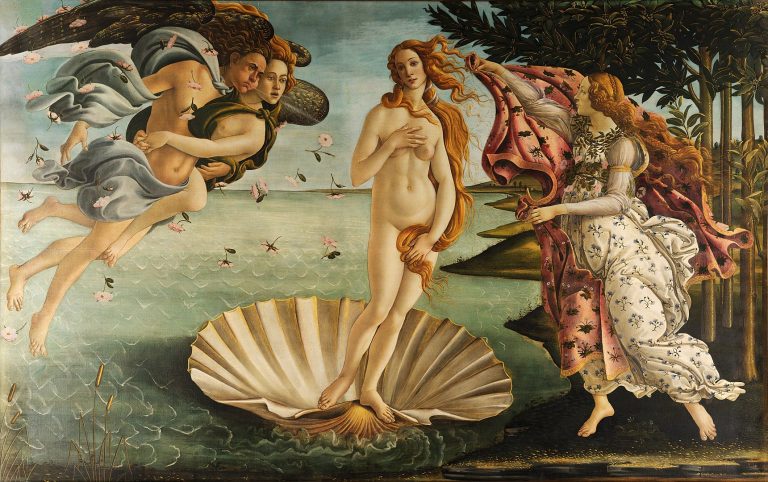Derived from the Latin adjective classicus, the term “Classical” refers to that which belongs to a category “of the highest order.” When applied to art, classicism places emphasis on proportion, simplicity, restrained emotion, clarity of structure and the pursuit of perfection.
But the rigorous demands of such a high form of expression involves more than the development of artistic skills. It demands the cultivation of virtue, so that the artist’s work meets the standards in both technique and content.
Throughout history, the study of the arts was regarded as an infallible means of developing and nurturing the character, and not just for professional artists. Benefiting individuals from all walks of life, traditional art instruction was a routine part of almost every child’s education and development. Artistic studies were not intended to create virtuosos, but to lay the groundwork for the cultivation of virtues for whatever path the child would follow as an adult.

But the study of classical art has been largely displaced in today’s curricula, with fewer and fewer people knowing how to create, or even appreciate, classical art… Are we about to forget the divinely inspired legacy of our ancestors?
Cultivating virtue through artistic studies
Early on in history, art served as a tool for human beings to depict what is good and beautiful in mankind. Thus, themes such as beauty, friendship, grace and gratitude were common in ancient art.
Success
You are now signed up for our newsletter
Success
Check your email to complete sign up
Conveying such noble content, and mastering the proper technique to do so, required continuous practice, self-discipline, and resilience. A classical artist would usually invest countless hours refining his work in the humble pursuit of perfection.
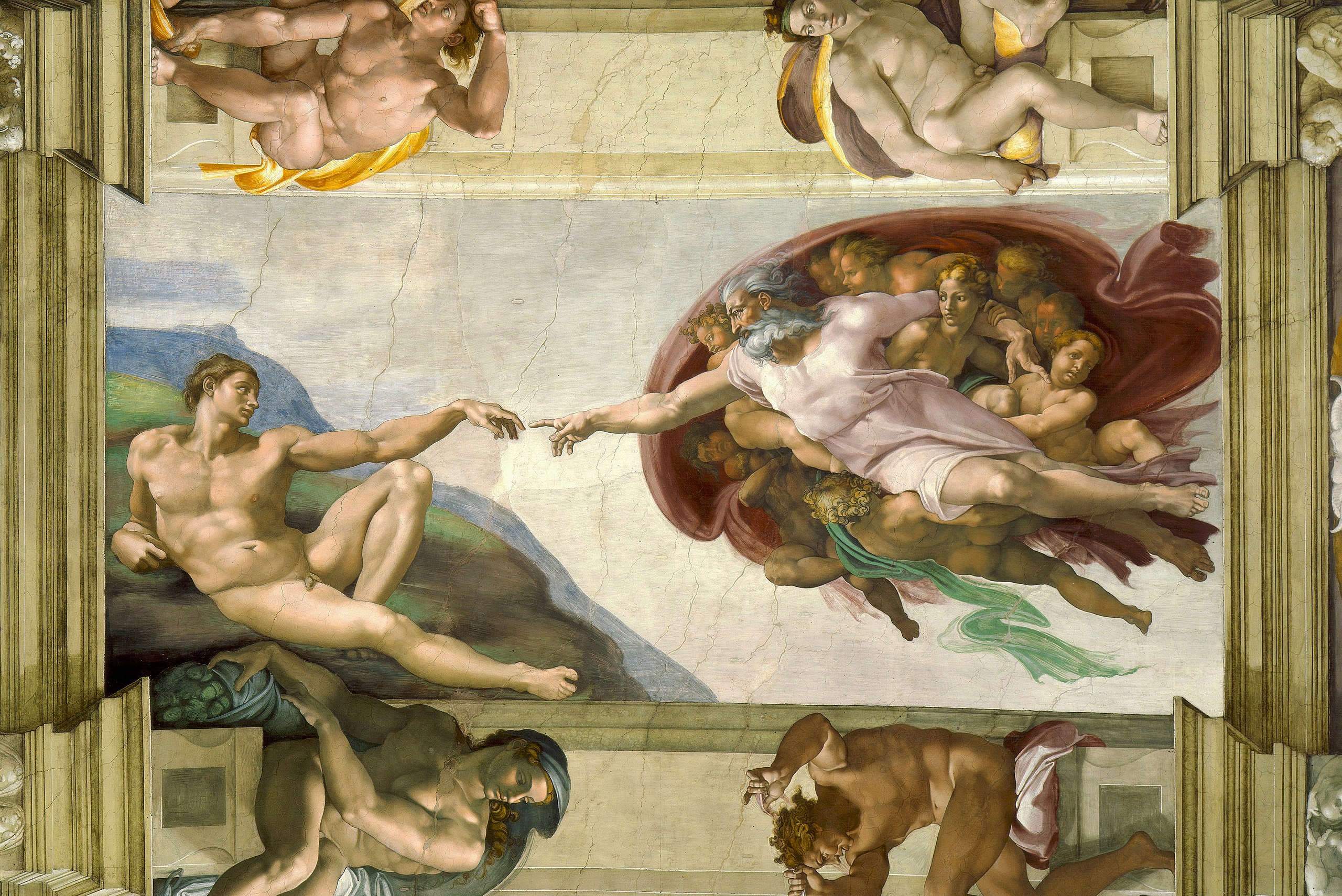
The study of the classical arts also endowed individuals with a sense of beauty and a moral compass. By emphasizing harmony, proportion and clarity of structure, classical works appeal to the individual’s innate ability to identify goodness, and recognize its expression in the world in the form of beauty.
Moral values were celebrated in classical art, not only through the technical virtuosity of the artists — itself a reflection of their character — but also through its content. Artworks representing upright concepts such as honor, loyalty, generosity and togetherness, as well as the beauty and simplicity of daily life, predominated in classical art.
The misconception of creativity
Have you ever been in an art gallery and scratched your head wondering how a jumble of lines and colors — often in no apparent order — could qualify as art. You may be told, “You have to use your imagination and have an open mind,” discrediting your innate ability to recognize beauty, and leading you to believe that you lack the capacity to understand and appreciate art.
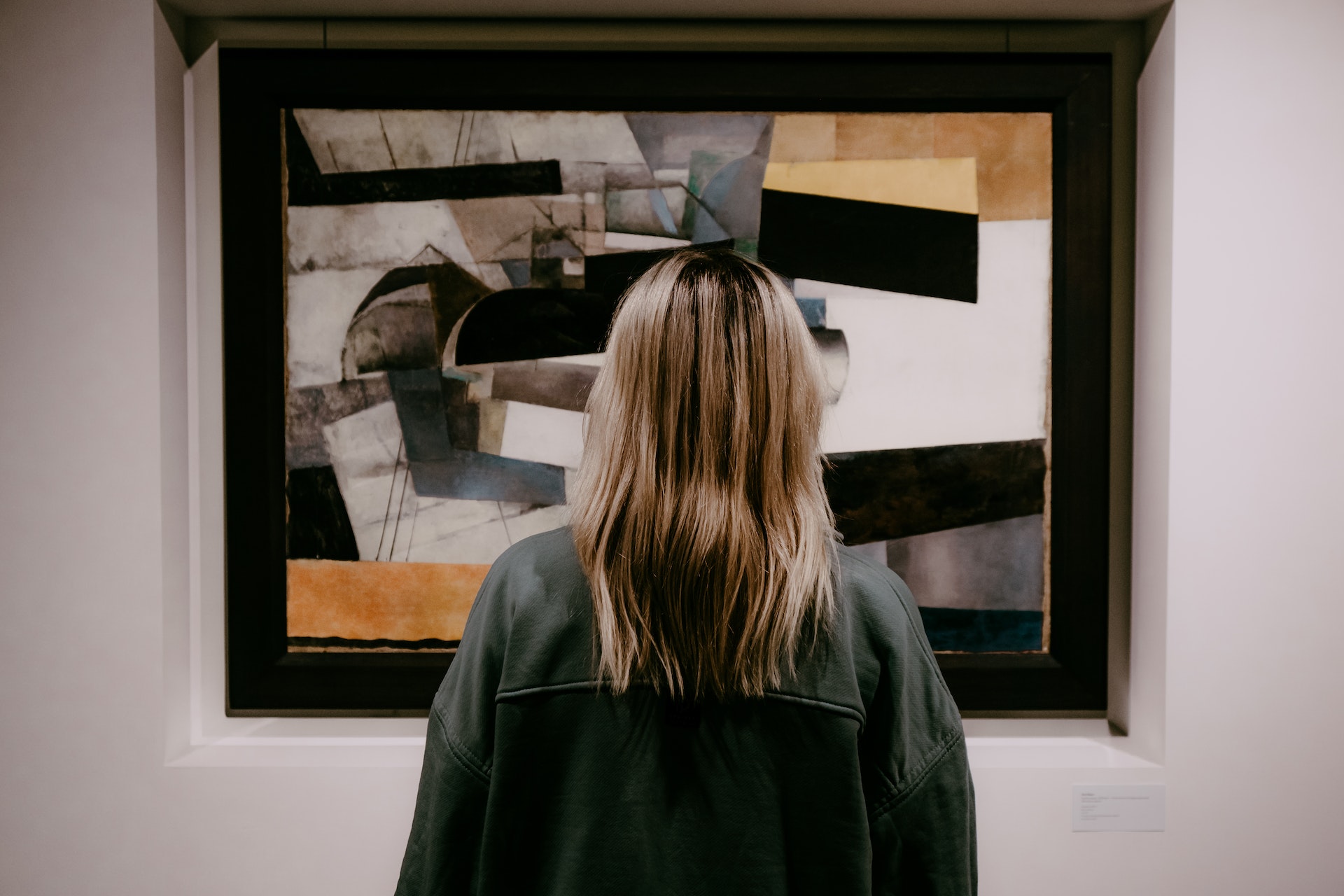
The issue derives, among other reasons, from a relatively-recent, altered concept of creativity. Currently understood as a sweeping force that propels us toward a laudable form of self-expression, creativity is often thought to be a natural and effortless endeavor. As long as a creation transcends traditional ways, it is considered creative by virtue of its originality.
This departure from tradition is what has brought the realm of art to its current, confusing state. In the past, creativity required a disciplined approach. Viewed as a means to bring into existence something new and valuable, creative work demanded that artists not only used their talents to the best of their ability, but also that their state of mind was optimum to create a piece that could speak to the audience’s soul.
When art is taken as a tool to express spontaneous feelings, intuitions and desires — without restraint of emotion — it moves away from its original and ancient ideal to represent what is good in humanity. Likewise, when virtue and discipline are not at the core of an artist’s means and aspirations, the technique — or lack thereof — and content of works of art are bound to affect humanity’s aesthetic values and, inevitably, its moral conduct.
Brief history of classical art’s rise and fall
Several centuries before Christ, in the incomparable setting of ancient Greece, the idea of the arts and their role in the formation of human culture was already a subject of debate among philosophers and scholars.
In his famous work “The Symposium,” Plato discussed the idea of beauty. The philosopher of Antiquity explained that the function of beauty was to serve humanity as a path back to Heaven, reminding it of the divine. The need to express and preserve it led to the development and refinement of the arts, creating the highest standards in technique and content that characterize classical aesthetics.
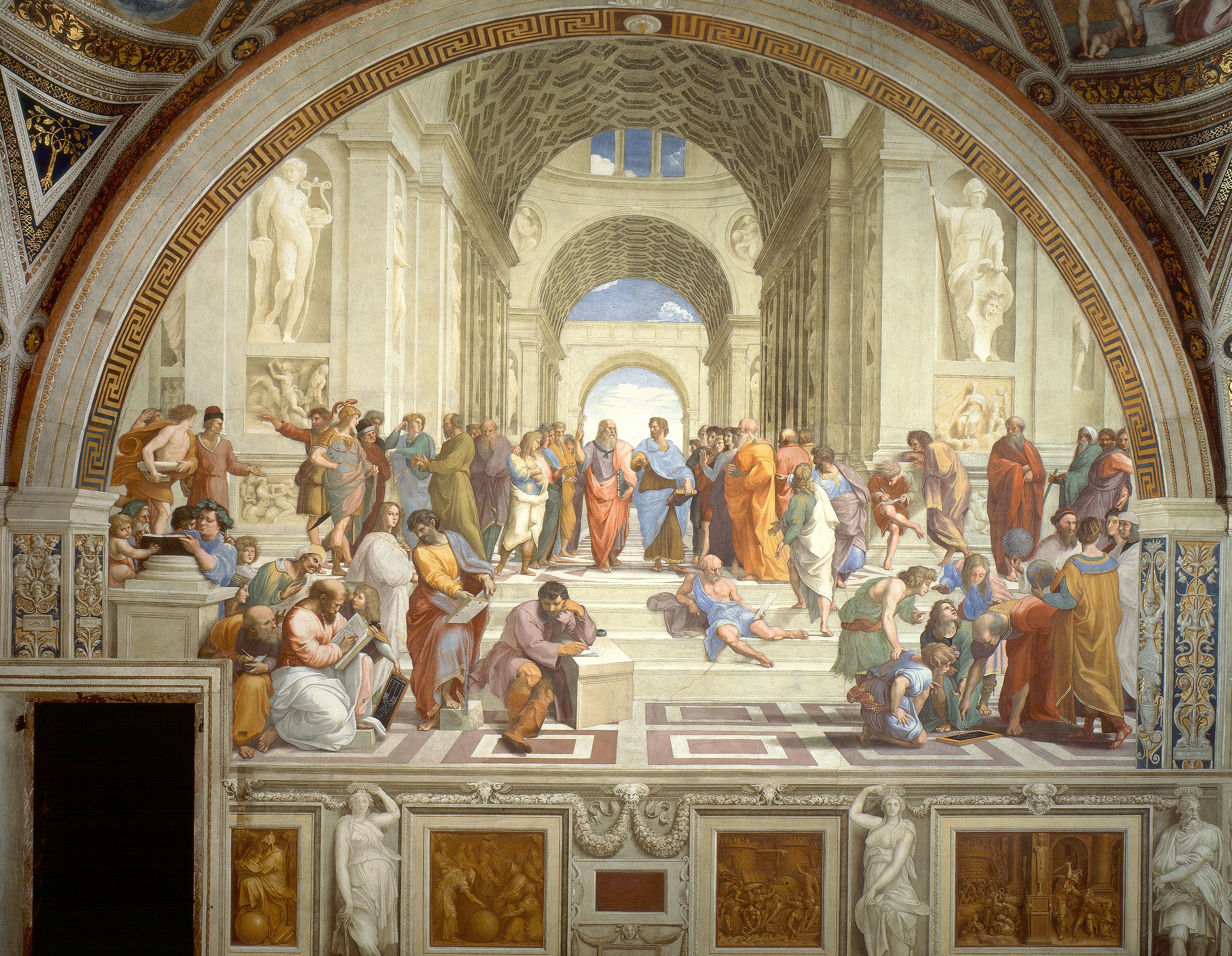
Although classical art lost its place during the Middle Ages, it was rediscovered and taken to new heights during the European Renaissance. Painters and stonemasons drew on the wisdom of the past and revived not only the techniques of ancient Rome and Greece, but also the conceptualization of divinity, thus bridging the gap between Christianity and Platonic thought.
Artists wishing to study classical arts were taught at a private workshop or studio known as an atelier, where a professional artist would train a small number of students in visual or fine arts. Form, proportion and harmony, as emphasized in antiquity, were the focus of instruction.
Art departs from tradition
It was in the 19th century that the arts took a radical turn. Born out of a desire to break with academic art, Impressionism emerged as an art of immediacy and movement. Free brushstroke colors took precedence over lines and contours, while visual effects were emphasized over details. Short “broken” brushstrokes of mixed and unmixed colors were often used to achieve the effect of intense color vibration.
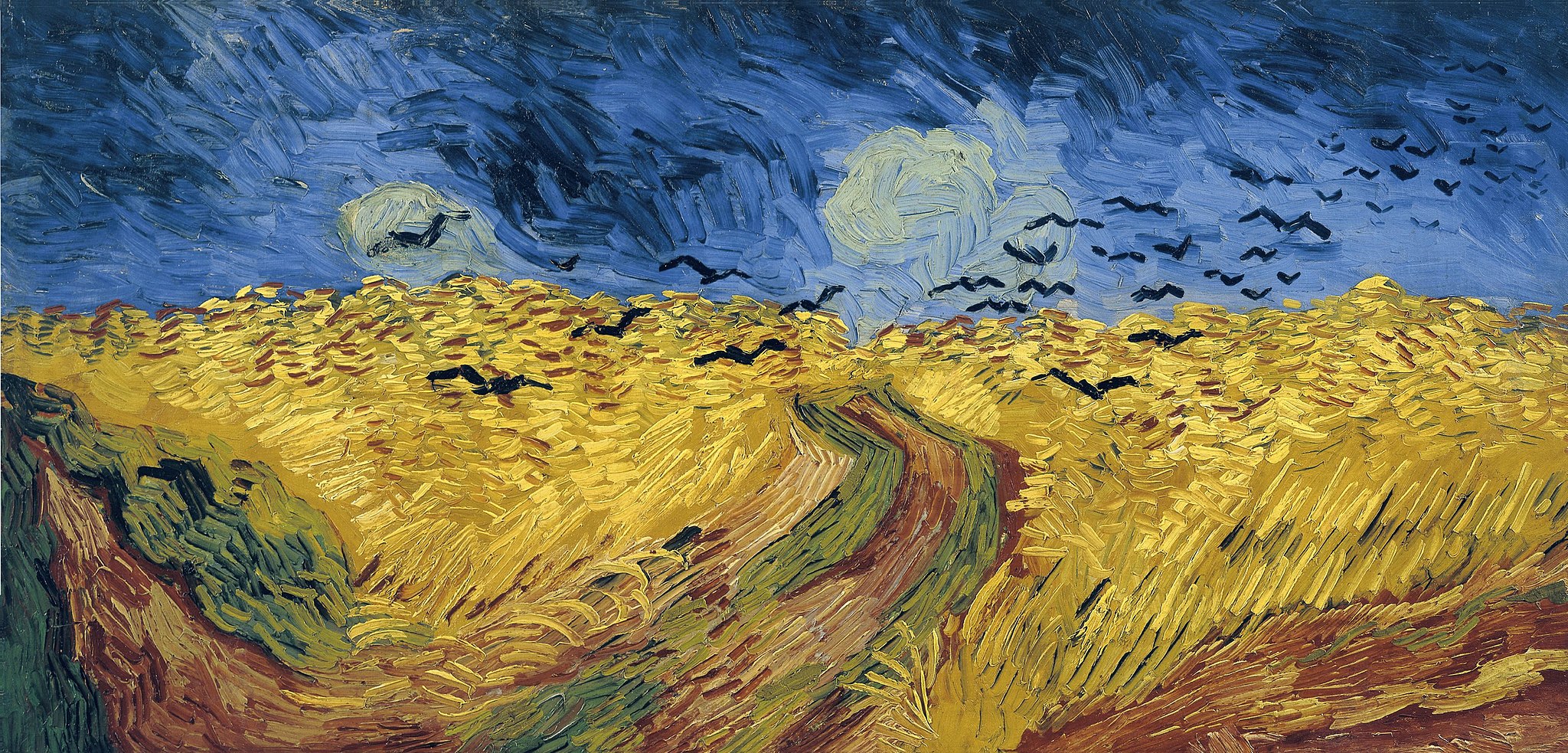
Towards the end of the same century, Abstract art made its appearance. Wanting to create a new type of art that represented the changes taking place in the technological, social and philosophical spheres, many Western artists abandoned the logical perspective of Renaissance and replaced it with non-figurative art.
The result was a type of art that departed from reality, grounded in the belief that perfect representation — as intended by Classical art — was impossible. The conspicuous alteration of color and form were the main component of abstract works, in which the elements portrayed were not taken from reality, but created entirely by the artist’s imagination.
Vincent Van Gogh and Pablo Picasso were two of the best known artists who broke with the norm. The former, considered the greatest representative of the Post-Impressionist movement, saw art as a tool to reflect his troubled soul: “I put my heart & soul into my work, and have lost my mind in the process.” Afflicted by severe depression and poverty throughout his life, the Dutch artist captured his inner world through dramatic, impulsive and expressive brushstrokes that, combined with bold color choices, laid the foundation for what is known as “Modernism.”
While Van Gogh could be regarded as the first to promote the indulgence in feelings in artistic creation, Picasso could be considered the precursor of deformed representation. Although the Spanish painter had been formally trained in the techniques of classical art, his work introduced an approach to artistic depiction in which the subject was subjectively broken down into components and reassembled in an abstract manner.
This is how the Cubist movement — considered the first and most influential art movement of the 20th century — was founded.
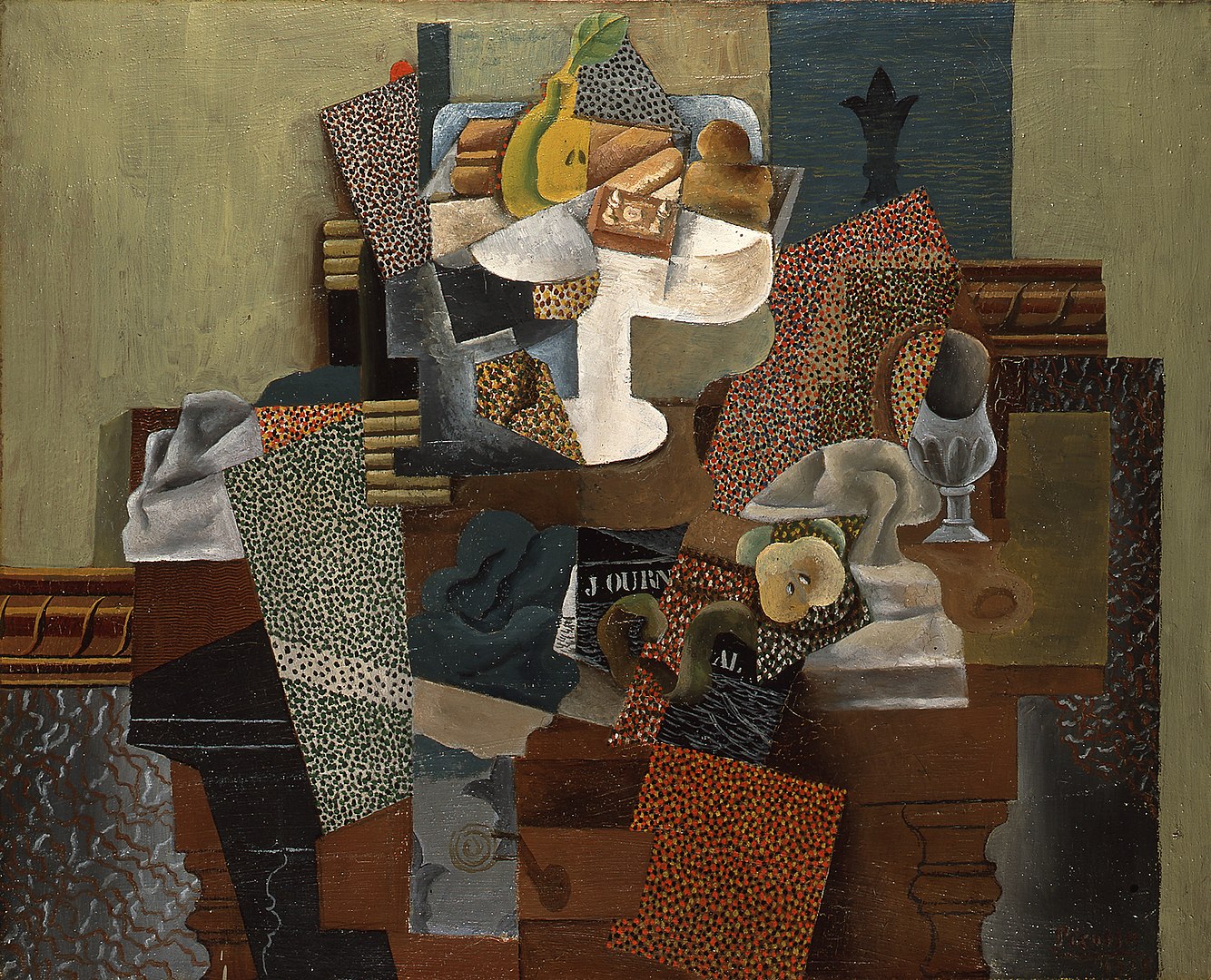
It was during these times, when the content and technique of Classical art were being pushed aside by emerging artists, that photography appeared. The possibility of capturing scenes with a hitherto unimaginable degree of precision led many artists to question the value of Classical art — now referred to as Realism — and develop new ways of looking at the world.
The consequences of deviant art
Unburdened by the high demands of nearly-perfect art, painters gave in to their own aesthetic whims and ideologies, giving rise to the myriad artistic styles we observe today. In disregarding the cultivation of virtue, modern art can degrade both morale and morality.
The contrast between traditional and modern art conforms to the Apollonian and Dionysian philosophical duality. Traditional arts, like the Greek god Apollo, represent prudence, logic, reason, order and purity, appealing to the goodness and beauty that human beings can uphold through self-restraint.
Modern art, like the god of wine and dance Dionysus, thrives on the passions, emotions and instincts inherent in human beings, indulging in irrationality and chaos. When the public is pushed to appreciate such work, classical artists have a hard time eking out a living.
Some popular art styles today are linked with depression, and it’s not hard to see why. Grim, dark, unrefined and chaotic images are unlikely to inspire, and instead portray the spirit of hopelessness and struggle, leaving the viewer sad and confused. This mentality can result in anti-social behavior, lack of self-restraint, and even suicide.
Looking at the political, environmental and social state of the world today, one might assume humanity is on the decline; yet remember the proverb – ”It’s always darkest before the dawn.” We have within our hearts the capability to reject the negative and embrace the positive. By returning to tradition, we may see a new renaissance that will enlighten and inspire many future generations.



